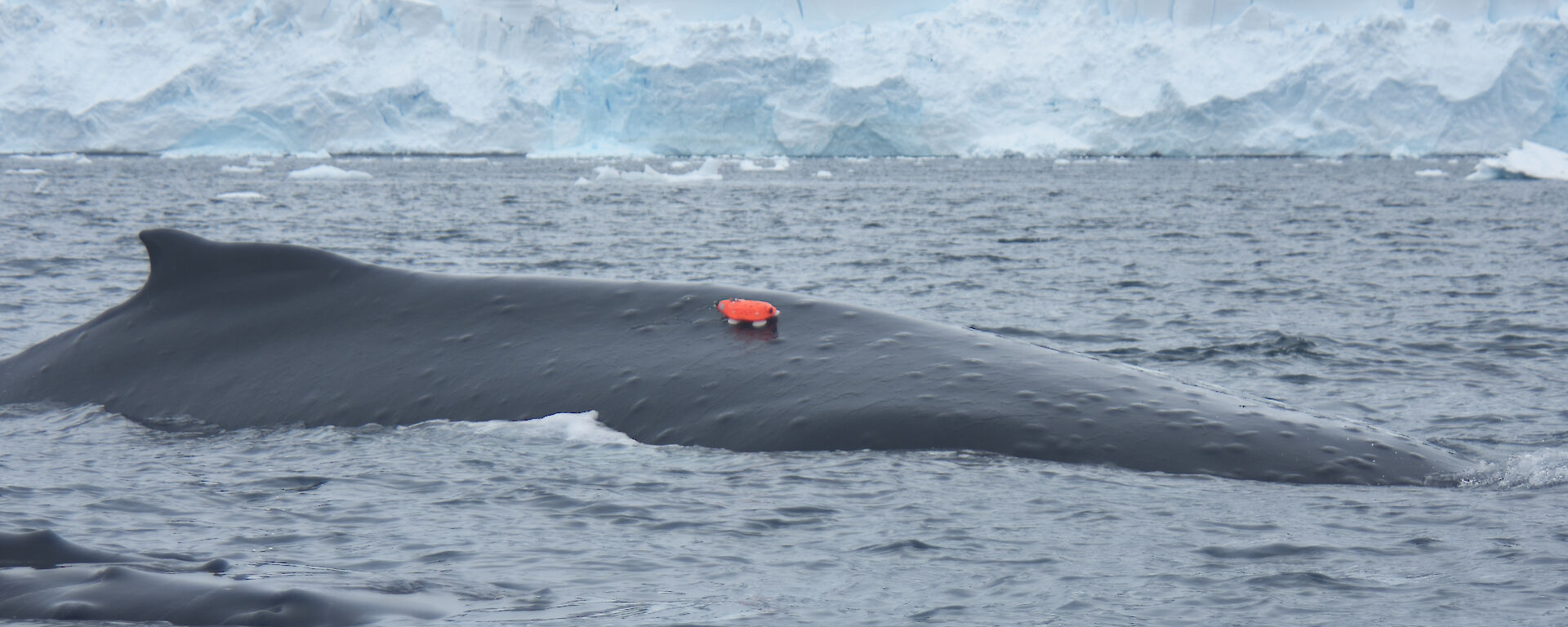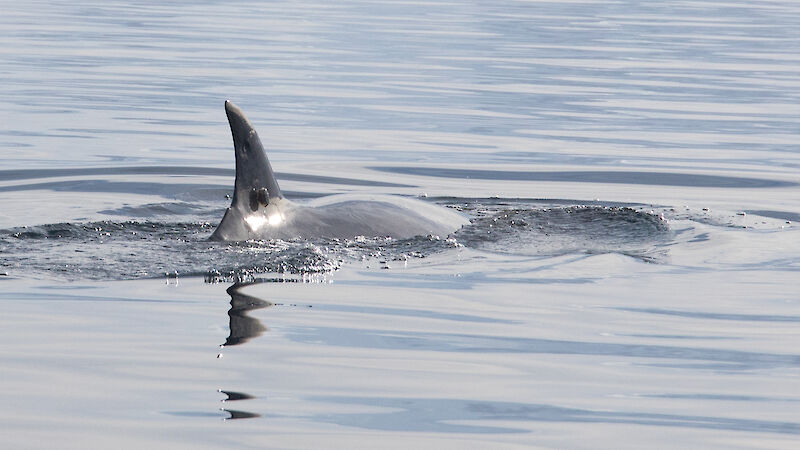The small camera tags were placed on the backs of humpback whales by Australian and United States scientists working off the Antarctic Peninsula, in the Gerlache Strait.
Australian Antarctic Division whale researcher, Dr Mike Double, said the cameras reveal where and how the mammals are foraging over the summer months.
“The tags show the feeding methods used by the humpbacks in the region, including footage showing them lunge feeding into tight swarms of krill,” Dr Double said.
The camera tags were attached by suction cups to the back of the whales for about 24 hours, before they detached for retrieval by the scientists.
“There’s a camera on the front of the tag and three dimensional motion sensors, which record the movement of the whale as well as the time and depth of each dive,” Dr Double said.
Lead collaborator on the study, Dr Ari Friedlaender from Oregon State University, said the suite of data collected allows scientists to reconstruct the underwater feeding behaviour of the whales in great detail.
“These non-lethal research methods allow us to determine how krill abundance affects the feeding success of whales and how any change in krill population, due to climate change, commercial fishing, or ocean acidification, may impact the mammals into the future,” Dr Friedlander said.
During the voyage the researchers also deployed longer-term ‘LIMPET tags’ on Antarctic minke whales.
Whale research scientist, Dr Elanor Bell, said there is very little information on minke feeding behaviour.
“Minkes are faster and more elusive than humpback whales and often forage in areas with lots of sea ice. This makes it challenging to find and approach them to deploy tracking equipment,” Dr Bell said.
“So it was really exciting to be able to attach some LIMPET tags on this voyage. These will transmit the location and dive depth data to satellites every time they surface for up to two months.”
The study is part of long-term ecological research to better understand the divergent impacts of climate change on the ice-dependent minke whales and more open-water humpback whales in this part of the Antarctic.
The research is being conducted through the International Whaling Commission’s Southern Ocean Research Partnership, supported by One Ocean Expeditions and WWF-Australia.
Nisha Harris
Corporate Communications



